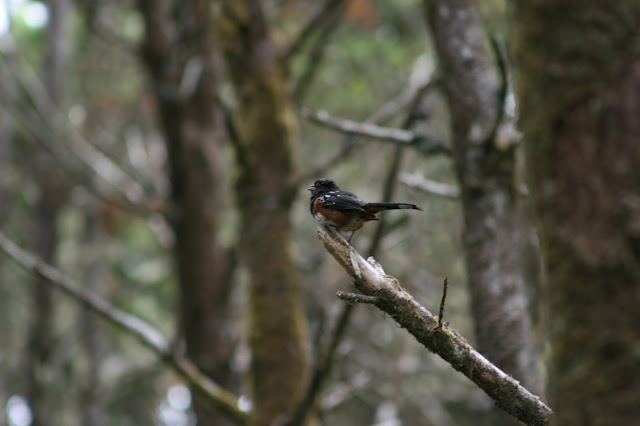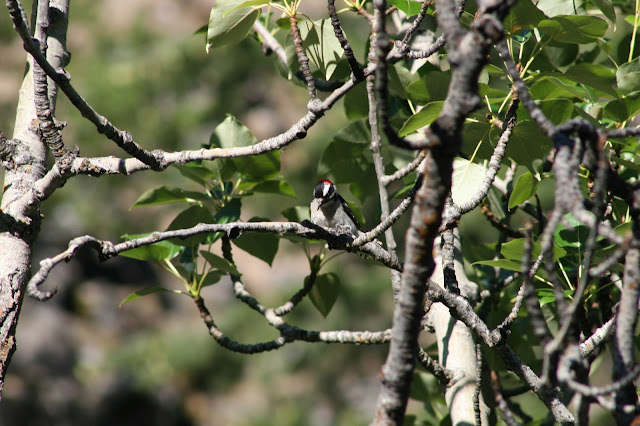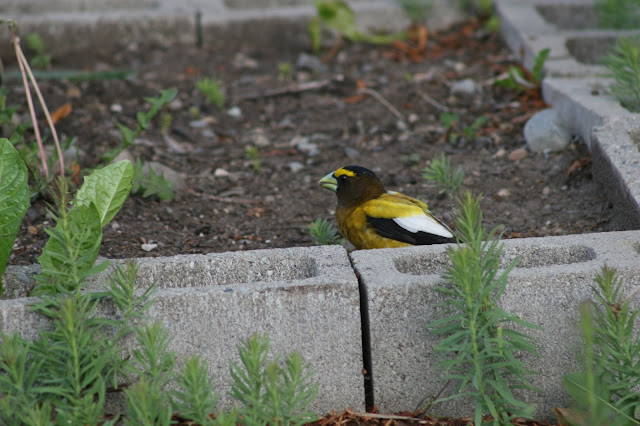Thursday, July 7, 2016
Tree Swallows
A pair of Tree swallows were nesting under a boat cover at Glengary Bay, on Lake Pend Oreille in North Idaho near where I moor my sailboat. Hopefully the babies will fledge before the boat owners decide to uncover their boat. You'll see the nest as indicated by the feathers clinging to the canvas cover, just under the notch that accommodates the aft bar of the forward pulpit.
Catching rays!
I noticed this robin at a rest stop along Highway 395 in Washington (Sprague Lake). At first I thought it was dead, as it was completely motionless, even catatonic. But it wasn't! It was either sunbathing or anting. Anting is when a bird sits prostrate over an ant hill to allow ants to cover its body. It is thought that this helps the bird to rid itself of external parasites.
Cedar Waxwings
I like both species of waxwings that visit our area, the Cedar (pictured here) and the Bohemian. They don't overlap very much in range, especially in the summer. For identification purposes one of the biggest differences in field marks is the color of the undertail coverts: on the Cedar they're yellow, on the Bohemian they are rusty red.
These images were taken at Windy Point Campground along the Tieton River in the Mt. Rainer wilderness and at Twin Harbors Campground near Westport, Washington on the central Washington coast. No, not the best images I've ever taken...
Evening Grosbeaks
You don't go out and find these birds; they find you! Suddenly there are Evening grosbeaks and then they're gone. A small flock actually visited our backyard over the course of a few days in late spring. They were especially interested in the water pond for bathing and drinking. But hey, why not grab a snack too?
As is typical with songbirds, the brighter and more colorful of the pair is the male, the other the female.
Song Sparrow
Note the large spot in the center of the bird's breast. This is a field mark for this bird. But their song is most distinctive. You can listen to it here.
The Song sparrow is one of my favorite birds. Honestly they are extremely common and seemingly everywhere.
Saturday, April 23, 2016
Brewer's Blackbirds
These are the first for the season. They were in my backyard, looking for a meal. I wouldn't be surprised if they had been in my neighborhood last year, too, as migrating birds often head for the same place year after year. While Brewer's can be year round residents where I am, I don't often see them in my backyard during the winter.
Male in the lilac bush. Note the distinctive yellow eye.
Saturday, April 2, 2016
Not A Bird....
...but still cool. Here's a beaver dam I discovered. This one is holding back water in a slough of the Clark Fork River near Clark Fork, Idaho. The "reservoir" created by this dam is quite large, more of a small lake than a pond. And lots of waterfowl, mostly Lesser Scaups, Wood Ducks, and the ubiquitous Canada Geese.
Subscribe to:
Posts (Atom)






































